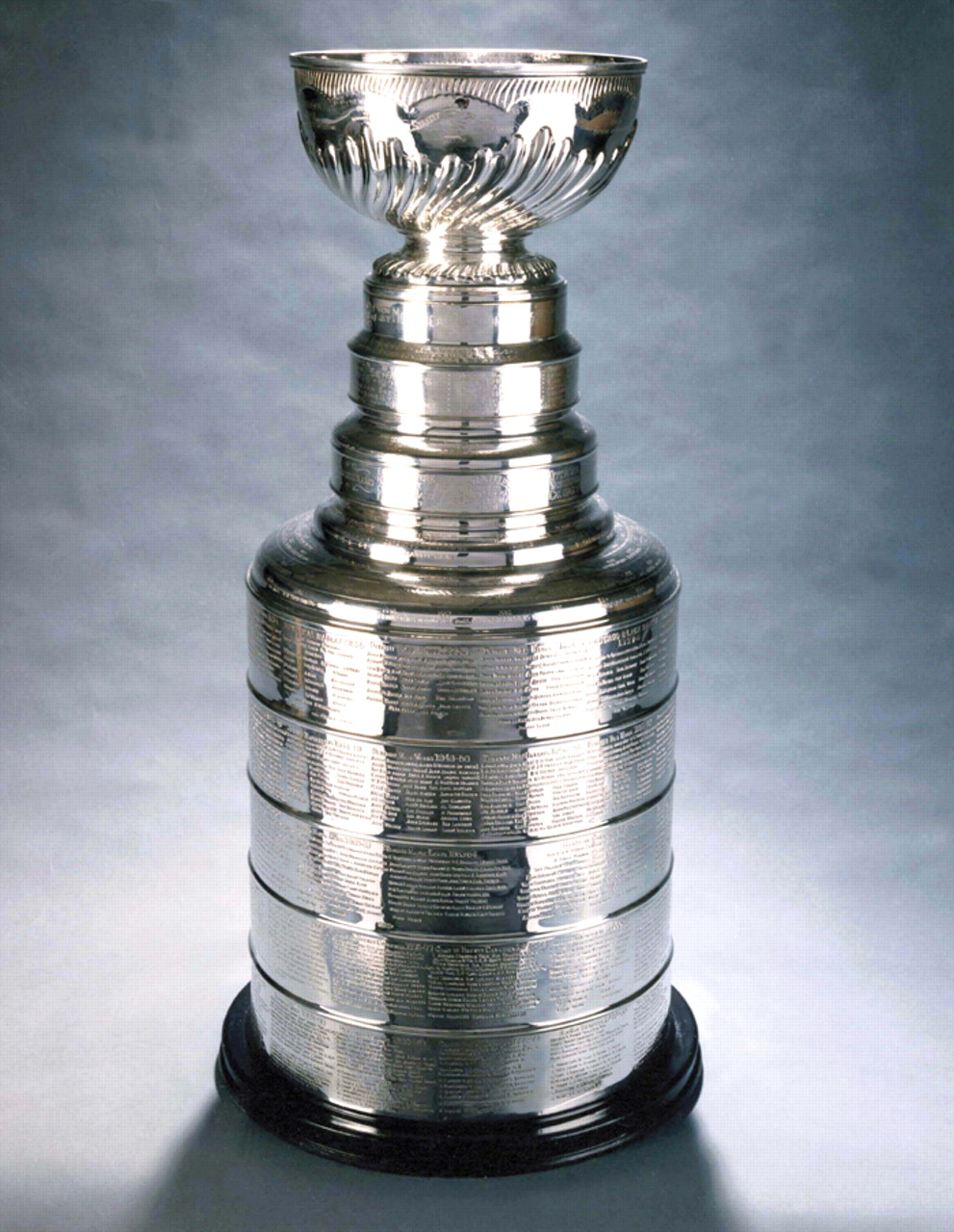Canadians are born into a society that lives and bleeds ice hockey. They start young and stay with it forever, even beyond the grave.
The late Canadian novelist Mordecai Richler was a sportswriter manqué and such passionate fan of the long-dismal Montreal Canadiens that his obituary suggested memorial donations to aid the desperate: the Canadian Cancer Society, Medicins sans Frontieres, or “the Canadiens hockey team, a real lost cause.”
Or take the less-extreme case of Montreal psychiatrist Albert Plante, M.D. He began playing at age 6 and swears he hung up his skates four years ago at 61. He wasn't too old to be ridden into the boards by fearsome, stick-wielding opponents, he maintained. His schedule just got too busy to let him practice during the week, “and you can't just play on the weekends.”
The game's hold on the big nation may rest on culture, tradition, or maybe the climate, said Plante: “Hockey is Canada's premier sport because the winters are so long.”
“Either you embraced the hockey culture and played the game, or you sat out the winter alone in your room, banned from society,” recalled Bruce Bell, author (with photographer Elan Penn) of Toronto: A Pictorial Celebration (Sterling, 2006). Neighborhood rinks and flooded, frozen backyards resounded each winter to the sound of pucks whacking the boards, said Bell. Dreams of glory on ice were never far away. Everyone seems to know someone who became a star.
Bell grew up in Sudbury, Ontario, next door to one National Hockey League star and down the street from another. Plante coached current New Jersey Devils and Canada's 2006 Olympic goalie Martin Brodeur when Brodeur was 6. An unpromising player as a tyke, young Brodeur appears to have improved since, Plante said.
Hockey is Canada's official winter sport—lacrosse gets the nod in warm weather—and if it occupies a place in the hearts of Canadians closer to religion than sport, then Toronto is home to its chief pilgrimage site, the Hockey Hall of Fame.
More Shrine Than Museum
The Hall of Fame even looks the part of a shrine. Surrounded by glass-and-steel office buildings, the hall is nestled into the former Bank of Montreal building, an ornate 1886 structure three blocks from the Toronto Convention Centre.
The hall was founded in 1941 and moved to its present site in 1993. The main room of the old bank is a quiet sanctuary, lined with plaques citing the sport's heroes, where the “honoured members,” as these heroes are formally called, are inducted into the Hall of Fame.
The induction ceremonies are intimate affairs, since the space has room to seat only 200 people. Yet so great is the sense of tradition that even Wayne Gretzky, possibly the game's greatest player, whose induction might have filled any arena in the country, insisted on holding the ceremony inside the old bank.
No Longer Small Potatoes
The Hall of Fame contains 56,000 square feet of space showing the game's evolution from frozen ponds to a global business, said spokesperson Kelly Massey. Besides the plaques of the 300-plus honored members, there's a reconstructed Montreal Canadiens' locker room, the actual Stanley Cup, and the“ Lucky Loonie” that some say brought Canada its double victories in men's and women's hockey in the 2002 Olympics.
The “loonie,” for the benefit of U.S. citizens, is the unofficial term for Canada's one dollar coin, named for the image of a loon stamped on the reverse. A Canadian who supervised installation of the ice at the Salt Lake City Olympics used the coin to mark center ice before flooding the rink. Only a select few of the Canadian hockey players got the word in advance, but apparently that was enough inspiration—or ice magic—to guarantee a victory for the Canadians.
The hall also features adventures for hockey fans that go beyond the usual interactive computer games. Visitors can take up real hockey sticks and take real shots on a real goal to test their skills, for instance.
Hockey's origins are obscure and subject to debate. Some trace its beginnings to a version of lacrosse played on ice. Others hint at European origins, pointing to 17th century Dutch paintings showing youths playing a game on ice with sticks and balls. Several towns in Nova Scotia claim to be the home of the game before 1800, but a recent report by the Society for International Hockey Research says the question of hockey's origins “may never be conclusively answered.”
Whatever its beginnings, the game spread across Canada and into the United States by the mid-19th century. Student teams at Montreal's McGill University substituted the puck for a ball and are credited with playing the first games under standardized rules in the 1870s. Women have played for over a century, and the first recorded game between women's teams was played in 1891.
Toronto has another shrine to hockey, although one not in the pristine condition of the Hall of Fame. Maple Leaf Gardens, home for more than 65 years to the local NHL team, now stands empty, awaiting either the wrecking ball or conversion into a large supermarket that might preserve its art moderne exterior.
Conn Smythe, the team owner who built the Gardens in 1931, was responsible for one of the major innovations of 20th century hockey. Smythe changed what began as a gentleman's game at McGill into something memorialized by Rodney Dangerfield: “I went to see a fight the other night and a hockey game broke out.”
“If you can't beat them in the alley, you can't beat them on the ice,” Smythe allegedly told his players. After witnessing one fight on the ice, he was heard saying: “We'll have to stamp out that kind of thing or the people are going to keep buying tickets.”
The pugnacious attitude and love for the game seems to have rubbed off on other members of Canada's literary firmament.
“As in the world of literature, sometimes hockey's not pretty,” said novelist Margaret Atwood, decked out on the ice in goalie's pads and mask for a satiric Canadian television show. “I don't like to hotdog, but if the puck carrier's really putting lumber on it, then Momma can get nasty!” ▪


